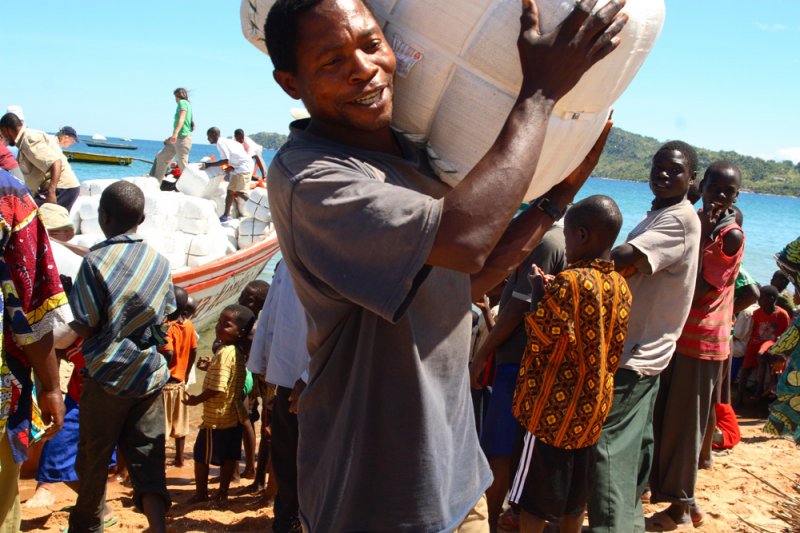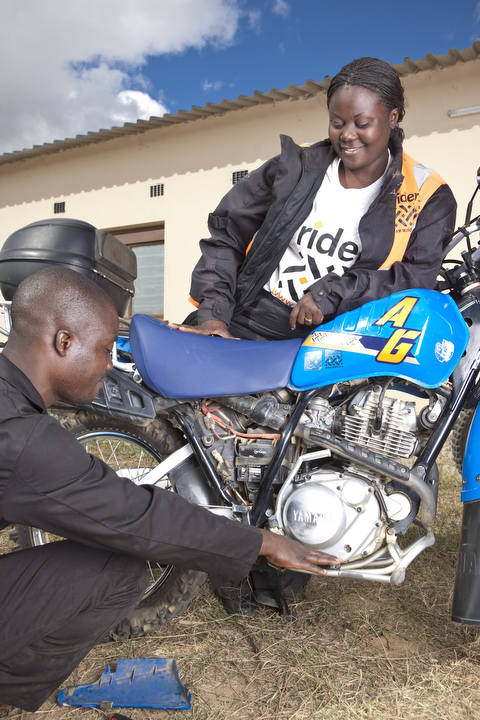Remote Control: Three Innovative Solutions to Healthcare Distribution in Rural Areas
In today’s globalized society many medicines, vaccines and health technologies/diagnostics travel long distances before they reach importation and even further distances before they reach the patient population in need. To ensure health products retain their quality means the entire supply chain – from storage conditions to distribution channels, must be considered. However, distribution costs of health products and their associated service provisions in particular are one component of healthcare supply chains that’s often under-considered and therefore ineffectively budgeted.
Poor budgeting translates to limited funds for the actual transportation of services and goods from national or sub-national levels to the rural, often very remote, community level in many developing countries. However, this is a new area of focus for many social enterprises that are looking to bridge the logistical gap, which have developed new approaches and innovations to address the challenge of remoteness:
Mister Sister Mobile Health Service
In April I discussed private sector healthcare investment in Africa, with specific information on the PharmAccess Foundation. PharmAccess, in part through the Health Insurance Fund, is one investor, along with the Ministry of Health in Namibia and several other corporate sponsorships, in an innovative model for healthcare delivery in Namibia. Mister Sister is a mobile health service that provides care to rural, remote communities in central and eastern Namibia. Great distances separate communities throughout Namibia, making the provision of consistent health services an ongoing challenge. What is unique about Mister Sister is not just that they have developed a model to provide health services to remote communities, but they have also outlined a way to integrate financing for services for these communities.
Relying on the quality road system within Namibia, the Mister Sister mobile clinic travels to the Otjozondjupa, Omaheke and Khomas regions with a registered nurse, an enrolled nurse, and a driver who is also trained to provide administrative support for the clinic. The mobile clinics target rural employees and their dependents whose employers contribute to the healthcare program through annual subscription and premium contributions. Other community members not enrolled in the subscription payment plan through their employer can utilize the mobile clinic on a fee-for-service basis.* Poor communities, pensioners, orphans and other vulnerable children may also receive services through Mister Sister as they are funded through the contributions of medication from the Ministry of Health, donors and other corporate sponsors. The clinic provides a range of primary health care services to patients as well as advises referrals to the nearest public health facility for more complicated health conditions. Future arrangements are being made for a physician to travel with the mobile clinic on a quarterly basis.
Riders for Health
Mister Sister provides a smart solution to a dynamic problem within the Namibian context. Another group thinking about the issue of healthcare distribution in creative ways across several African countries is Riders for Health. Riders for Health ensure that health workers have access to reliable vehicles – from motorcycles to four-wheel all-terrain vehicles – to reach remote communities regularly. Riders for Health is an African-based organization that partners with governments and local community-based organizations to provide quality healthcare transportation services. Riders’ representatives also provide consulting services to government or organization leadership to develop the transportation distribution system that is right for the context.
Riders provides a unique approach to the difficult issue of maintaining vehicles to ensure care isn’t interrupted: turning healthcare workers into apprentice mechanics. Each healthcare worker is trained to run regular checks on their vehicles to prevent unexpected breakdowns. Additionally, the organization focuses on building local capacity by training and hiring technicians, fleet managers, and program directors. Technicians service health worker vehicles on a monthly basis, traveling to meet the health workers in their region/community of work.
As an organization, Riders also understands the importance of measuring health impacts, both internally and externally through a third party organization. Measured health improvements and outreach of services helps the organization identify those healthcare services of greatest benefit as well as those communities in greatest need.
(Image credit: Riders for Health).
Lake Tanganyika Floating Health Clinic
Additionally, as previously covered on NextBillion, the Lake Tanganyika Floating Health Clinic provides services to remote populations with a boat as the primary vehicle for transport. While the community surrounding the Lake Tanganyika basin is unique in many ways, the model presents another innovative way to provide consistent care to communities that are isolated by the challenging landscape where they reside.
A large part of understanding development is understanding that change is ultimately context specific. Each of these models exemplifies this point. While we can (and should) synthesize ideas to create a higher-level awareness of what works and what does not seem to work, scaling interventions is a careful practice of taking lessons learned and applying them on a larger scale and/or entirely new contexts. Current and historical knowledge of the social, cultural, political and geographic setting of an environment is vital component of strategic success. As such, unique modifications are often made or in some cases, specific programs are not chosen for less appropriate contexts.
The aforementioned approaches reach populations that might otherwise receive limited care. Despite their unique assets, these models are not without their own challenges. For instance, acute illness and disease presents unique complications. Acute health conditions require immediate decision-making and access to treatments. Many of these remote services provisions will still struggle to provide timely care to those individuals with acute illnesses and disease, outside of the cross-section of individuals that receives treatment during health visits. As is such, a relevant conversation for future growth opportunities could involve technology integration and health IT solutions. The extension of geographic access to care through the provision of technology has the potential to create additive benefits to the models as they are designed presently. (Image credit: Lake Tanganyika Floating Health Clinic).
*This model currently exists, however, overtime this programmatic feature will not remain and all employers are expected to subscribe to the service.
- Categories
- Health Care

